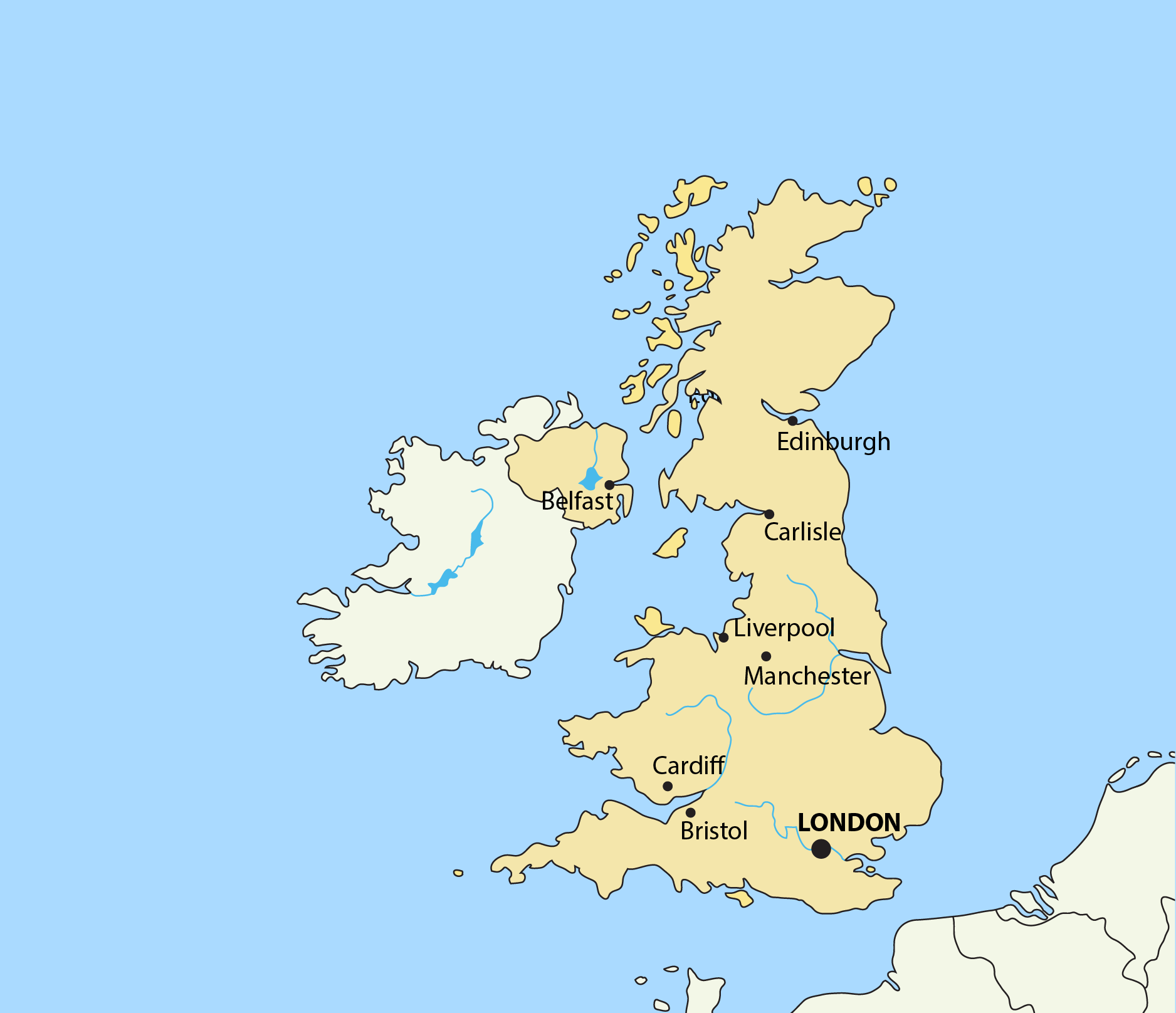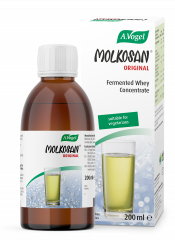In the 1700s, Swiss farmers noticed that pigs fed on whey seemed to thrive especially well and started taking whey themselves.
Later, health resorts in Switzerland adopted this as a treatment and the 'whey-cure' became extremely popular. People from all over Europe travelled to health resorts such as the one in the town of Gais in the Appenzell region. Here, fresh whey would be handed out in the village square in the early morning, after bells had been rung to alert guests to the arrival of their 'medicine'.
The beneficial properties of whey began to be investigated after the Second World War. By this time, Alfred Vogel had set up his clinic in Teufen and inevitably, he was curious about the use of whey.
Finding it of great benefit to his patients, he began experimenting with ways of preserving the substance so that its use was not restricted to those living within reach of an alpine herd!
Vogel found a way of preserving whey by fermentation, producing a concentrated liquid with fat and protein removed. This made it suitable for those intolerant of dairy products. More importantly, this process increased the amounts of L(+) lactic acid - the substance we now know to be so very beneficial.
Vogel insisted on using whey from cows grazing on the uplands as their milk was enriched with the many herbs growing in this pastureland, and where there was no use of chemicals.
The pure whey concentrate which Alfred Vogel produced, we now know as Molkosan® and this is also used to make Molkosan® Vitality.





 Looking for our products in a store near you?
Looking for our products in a store near you?

